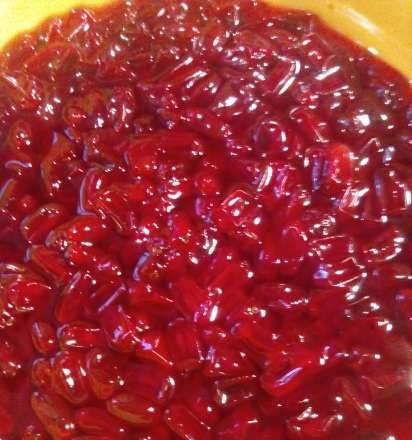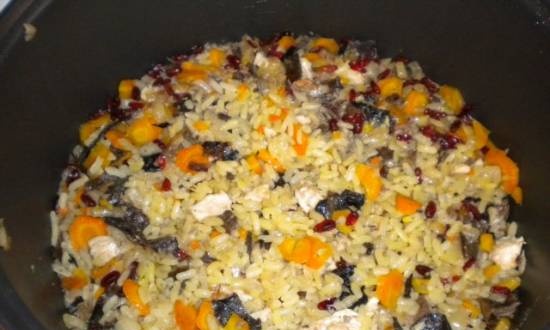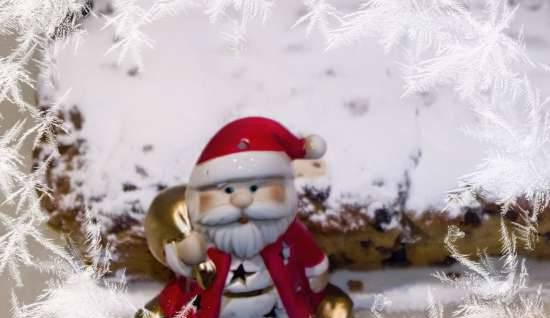Barberry |
|
And in the flower, the stamens bent to a thick pistil with a stigma round like a button. On each anther of the stamens, the valve flaps rose from both sides, like small wings. These valves released the pollen that the speckled fly had carried with it. Each of the stamens hit her with an anther, each left pollen on her. And now, when nobody disturbed the flower, the stamens slowly returned to their former places. Soon the first of them lay down again in a petal bent by a spoon; the others followed her. The flower has died down - a small light lampshade with bright round leaves. And the flies did their job. They transferred pollen from flower to flower.
The history of the barberry is long and eventful. Already the ancient Indians knew this plant and some of the properties of its berries. The Indians are the first nation to learn how to treat human diseases. Among the useful plants that were used for treatment by Indian doctors, there was barberry. Nine centuries before the beginning of our chronology, it was recorded in the sacred Indian Vedas as a medicinal plant. In ancient Babylonia, the oldest cultured country in the world, barberry was also used for healing. On clay tablets, wedge-shaped signs are written: "Barberry purifies the blood." Such tablets were kept in libraries and were found during excavations of ancient Nineveh, among the ruins of the palace of the Assyrian king Assurbanipal (VII century BC).
After the fall of the Roman Empire, the glory of the ability to heal passed to the Arabs. European scientists came to the Arab state to study healing. And from the Arab doctors for the first time Europe learned about the valuable properties of barberry berries. In the Middle Ages, barberry appeared in the gardens and parks of England and France, and in the 17th century - in Sweden, Norway, Denmark, Holland and other European countries. He was brought from Europe to America. Barberry berries were initially used only for the preparation of medicines. But later, when the Europeans began to seriously study their local plants, new properties of the barberry were discovered. Its berries began to be recommended as the best lemon substitute. They were used to make vinegar and various soft drinks. Barberry was used for jelly, jam, marshmallow, candy fillings. Pickled or salted berries were served at the table. Red ink was obtained from the juice. Young leaves were used to make salad. A decoction of the bark was drunk to strengthen the stomach. Rake teeth and various beautiful turning things were made from wood.
By that time, some countries had undergone land reforms - land redistribution. New fences were needed for new borders. And the farmers, looking around their unprotected plots, remembered the barberry. A dense, tall shrub grows on rocky soil, and grows on sandy soil. What could be better for a living fence? Fields, orchards and orchards were enclosed by squares and rectangles with barberry hedges. Long ribbons, for hundreds of kilometers, stretched barberry along the roads. Barberry was spreading more and more widely in Europe. But the peasants began to notice that the grain in the fields, bordered with barberry hedges, was not the same (as it was before. Cereals began to ache, the harvest began to fall steadily. A doubt arose: is not the barberry to blame for this? Where else will it fall on the field the shadow of its dense bushes, there the leaves turn yellow and the ears grow frail. Doubt soon turned into confidence: “It is the barberry that ruins our crops, it is it that ruins the country. Let's destroy the barberry, and our fields will take on their former cheerful appearance. " But the barberry had many friends. They protected the plant. After all, the gold medal was awarded to the one who invented the best press for barberry berries! And was it not a wonderful seedless barberry jam that made Rouen's glory? Every year the epidemics of bread rust became stronger and stronger. The peasants took smaller and smaller harvests from their fields. Finally, a real war with barberry began. Armed with axes, the peasants went in droves to destroy the living fences. The barberry was chopped and sawed, the barberry was dug up and burned. Because of him, quarrels and lawsuits arose.
Scholer set an experiment: he planted one barberry bush in the middle of a rye field. A wide ring of diseased plants surrounded this bush. The professor proved the correctness of his opinion and convinced many peasants. But the judge did not give up, and when, by order of the authorities, all the barberry bushes in the area were dug up, he planted them in his garden. Until his death, he believed in the "innocence" of the barberry. As soon as the judge died, a crowd rushed into his garden. Axes and shovels started working. Every one of the bushes fell to the ground. They were put in carts, taken out of the city and burned to the accompaniment of songs and shouts.
Friends of the barberry could not fight against the irrefutable evidence of science. Fences were cut down, bushes disappeared from estates, gardens and parks ... But it was difficult to completely exterminate the barberry. He still huddled among amateurs and grew freely in river valleys, on the edges of forests and in the mountains. Grew up until the law intervened. This law was issued in 1903 in Denmark. Only in botanical gardens was it allowed to grow barberry in this country.
Denmark's example has infected other countries. Destroyed barberry in the United States, Germany and Holland. There is already a little of it left in France and Belgium. I. Pavlova |
| Black currant | Why do gladiolus bulbs get sick? |
|---|
New recipes
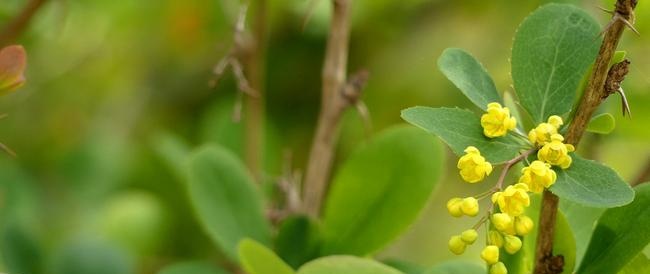 A variegated fly flew up to the bush - the smell of barberry flowers attracted her from afar. She sat down on a bright cluster of yellow flowers, like tiny ornate lampshades, and stuck her proboscis into the very bottom of the flower. As soon as she tasted the sweetness of nectar, something in the flower trembled, something hit her on the back. The fly stopped for a second, but then began to suck on the sweet juice again. Six times she felt shocks inside the flower and six times she was hit. Taking everything she could from the flower, stained with pollen, she flew away.
A variegated fly flew up to the bush - the smell of barberry flowers attracted her from afar. She sat down on a bright cluster of yellow flowers, like tiny ornate lampshades, and stuck her proboscis into the very bottom of the flower. As soon as she tasted the sweetness of nectar, something in the flower trembled, something hit her on the back. The fly stopped for a second, but then began to suck on the sweet juice again. Six times she felt shocks inside the flower and six times she was hit. Taking everything she could from the flower, stained with pollen, she flew away. In late autumn, when leaves flew from the trees, hungry birds flew to the barberry bush to feed. And in the boring autumn park, walking people stopped near it. They admired its bright red berries, its graceful purple foliage with a delicate gray bloom. How long does the barberry crumble!
In late autumn, when leaves flew from the trees, hungry birds flew to the barberry bush to feed. And in the boring autumn park, walking people stopped near it. They admired its bright red berries, its graceful purple foliage with a delicate gray bloom. How long does the barberry crumble! This was the case in Asia, but in Europe the properties of barberry were not known for a long time. None of the doctors of Greece and Rome, from the famous Hippocrates (450-377 BC) to the famous Galen (200), who wrote five hundred medical treatises, did not mention a word about him.
This was the case in Asia, but in Europe the properties of barberry were not known for a long time. None of the doctors of Greece and Rome, from the famous Hippocrates (450-377 BC) to the famous Galen (200), who wrote five hundred medical treatises, did not mention a word about him.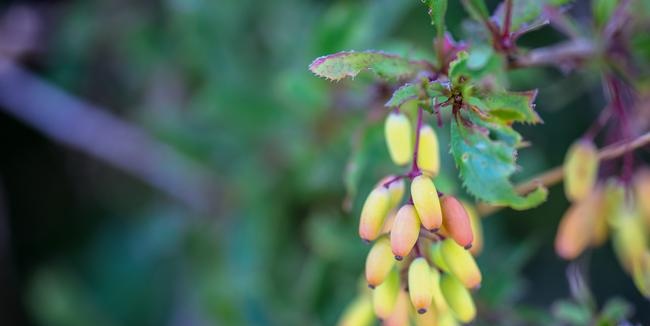 Barberry, useful, beautiful and unpretentious, quickly moved from one garden to another, from park to park, from country to country.
Barberry, useful, beautiful and unpretentious, quickly moved from one garden to another, from park to park, from country to country.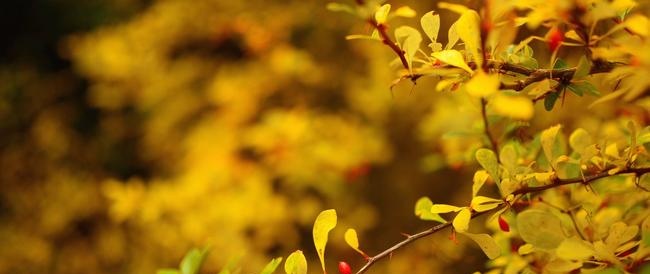 For many years in a row, a struggle continued in Denmark between Professor Scholer, an energetic enemy of the barberry, and its ardent defender, the village judge Tommesen.
For many years in a row, a struggle continued in Denmark between Professor Scholer, an energetic enemy of the barberry, and its ardent defender, the village judge Tommesen.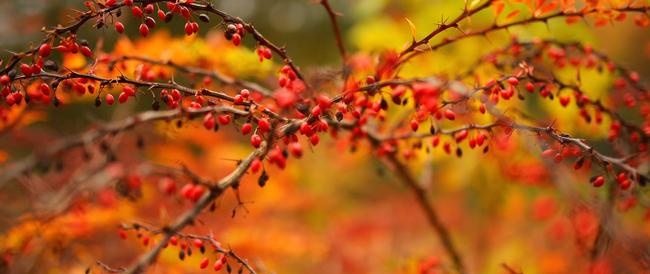 In 1865, the scientist de Bary made an interesting discovery.
In 1865, the scientist de Bary made an interesting discovery.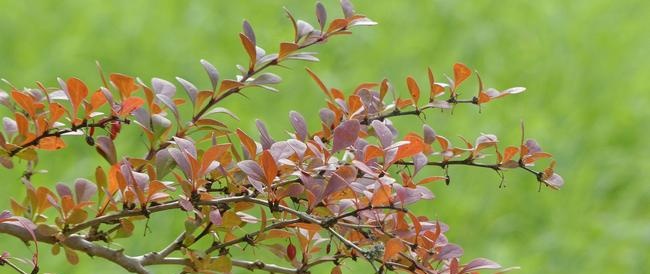 Every day there were fewer and fewer barberry bushes. Together with him, the disease disappeared, cereals became more productive. In some areas, before the law was passed, the peasants took only 10 percent of the harvest from their fields, but after a few years the crops began to give the same harvest.
Every day there were fewer and fewer barberry bushes. Together with him, the disease disappeared, cereals became more productive. In some areas, before the law was passed, the peasants took only 10 percent of the harvest from their fields, but after a few years the crops began to give the same harvest.